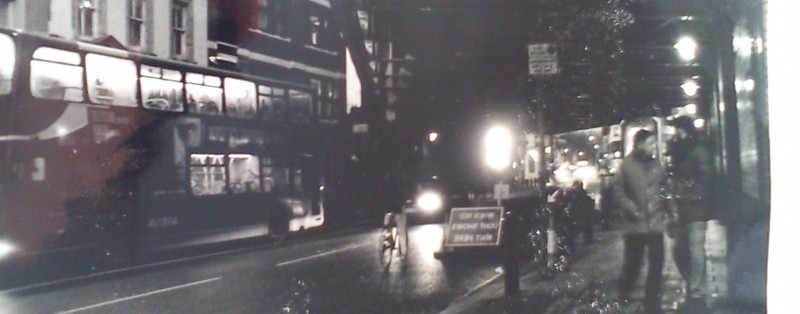Brian O’Doherty’s Inside the White Cube describes the modern gallery; its history and meaning to the world of today. In the introductory chapter O’Doherty attempts to relate the idea of the gallery to the notion of time and space, and the way in which the observer views it. His descriptions on the role of the gallery, seem mystical and sanctifying, for example he likens its construction laws to those of a medieval church, “a gallery is constructed along laws as rigorous as a medieval church”, as well as mystifying it by stating that “the outside world must not come in”. This in itself gives the gallery an air of sacredness that should not be influenced by the outside world. Later on in the paragraph O’Doherty makes this statement clearer by describing the gallery as a private and clean enough space for the art to be free and “to take on its own life”. Which may suggest that by not letting influence fro m the outside world come in the such as extra furniture, decorations to give a vague example, and by keeping the surroundings controlled and clinical it allows for the art work to be viewed for what it is, without taking influence from its surroundings . However this is very ironic due to the fact that “white cube” styled gallery even as neutral as it attempts to be is not very successful at not influencing the art works. In fact like O’Doherty states earlier on that the “context becomes content” it is to say the gallery space (context) becomes as much part of the art (content) as the art piece itself. An example that he gives is the idea that even a simple object such as a firehose in a museum looks “not like a firehose but an aesthetic conundrum”. So the question is if the white cube space has the power to influence the way the audience look at an inanimate object that was not introduced as an art work in the first place, then how does it affect an art piece.
Later on in the text O’Doherty moves on to discuss the role of photography and it’s relation to the modern gallery space. He states that “The edge as a firm convention locking in the subject had become fragile.” It is to say with the introduction of photography the idea of a frame had begun to be questioned, due to the idea that photography depicted not just the subject but the surrounding area as well in such a way that by keeping it in a frame, it would restrict the realist representation that photography had. Whilst before photography most painters focused on centering the subject, photography did not allow for this to happen due to it’s mechanism in allowing to capture a wide area of space, that placed the viewer in a specific location giving perspective. This allowed for a new way of looking at art, seeing it not as a separate object from the real world, but as a work that is part of the real world. By removing the frame it removed the physical boundary separating it from the real world.
Another factor that O’Doherty suggests bought about a new way of looking art is Courbet’s one-man Salon des Refusees outside the Exposition of 1855. O’Doherty states that this was the first time an artist had to ‘construct the context of his work’. It is to say the artist had to set about displaying his work in such a way that the placing and hang of the pictures influenced the meaning of what the artist was attempting to say with his art. This was highly significant as it highlighted the importance of how a work is displayed affects the way in which it’s viewed. For example displaying the Mona Lisa on the floor would give the painting a different meaning than placing it, in its own special room.
After reading O’Doherty’s Inside the White Cube it is quite clear that the practices of the the gallery space as being separate from the world outside is very much in place today. For examples many of the private smaller galleries seem to be understated, with barely no recognition that the place in question is a gallery when looking from the outside. Most people without a high interest in art would probably pass past this places without realizing that it is a gallery space. To add to this some galleries even go to the extent of keeping the outside world separate from the inside of the gallery by having bells to ring before you go in, giving the gallery an exclusive feel and in the meantime making the person being let in feel special and privileged that permission was granted to go inside. However an example that contrast with this is the Tate Modern, though it’s shape and built it’s reminiscent of O’Doherty’s description the gallery itself is not that exclusive, and actually encourages the outside world to go in and interact. On the other hand what does remain of the idea of the white cube gallery is the way in which the works are displayed. They are displayed in a fresh minimalist manner, on white walls. This is one of the aspects of the white cube space that is probably the most common found in most galleries.

